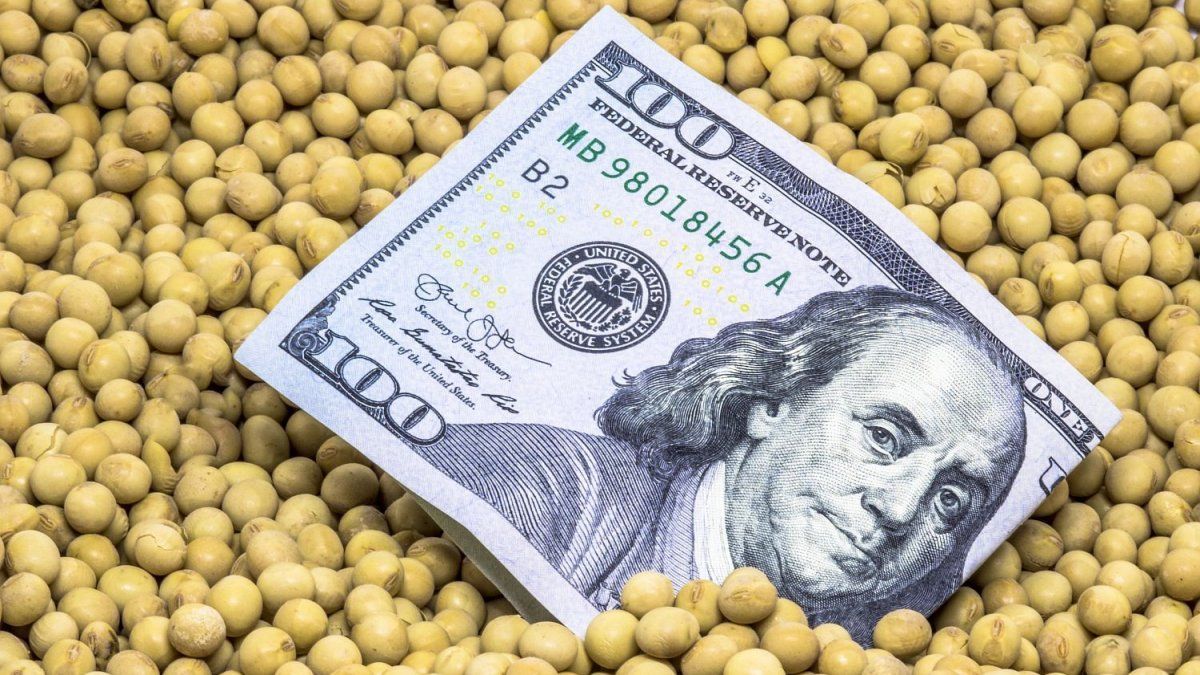The Fed’s monetary policy committee will begin deliberating on Tuesday and the next day it will announce its resolutions. With 8.3% in one year, the progression of the inflation index (CPI) has slowed down slightly thanks to the fall in gasoline prices, but it is still too high.
The world’s largest economy is showing signs of a timid slowdown in demand, especially in the real estate sector or even in manufacturing. But “as expected, the Fed will raise rates by 75 basis points again,” says Nancy Vanden Houten of Oxford Economics.
The monetary entity already proceeded to a strong rise in June, the largest since 1994, and did so again the following month. In total, since March rates have increased four times. Currently the reference rates are between 2.25 and 2.50%.
The Fed is raising them gradually, in order to make credit more expensive for individuals and companies and thus slow down consumption and investment. Its European counterpart, the ECB, also dealt a blow to inflation in early September by raising its rates by 75 basis points, something unheard of since the creation of the euro.
The US Federal Reserve (Fed).
The US Federal Reserve (Fed).
Inflation: “Fiery Figures”
Most market players expect the Fed to raise rates by 75 basis points (three-quarters of a percentage point) on Wednesday, according to an assessment by CME Group. But an even larger increase of one percentage point (100 basis points) cannot be ruled out.
The “fiery numbers” on inflation “have increased pressure on the Federal Reserve to raise rates by one percentage point,” said Diane Swonk, chief economist at KPMG.
“This will be one of the toughest and most politically charged decisions” for the institution. “Marks the Fed’s first step toward a true recession“, he pointed.
Slow economic activity without causing a recession, raise the unemployment rate but not too much: the US central bank is in for a dangerous balancing act.
There is “recession risk,” Janet Yellen, Treasury secretary in President Joe Biden’s administration, recently admitted. He affirmed, however, that the government’s priority is to stop the rise in prices.
The rate hike should “push the United States” into a brief recession, Dana Peterson, chief economist at the Conference Board, warned at a news conference on Friday. But he warned that rates above 4% would cause “a much deeper and potentially more prolonged economic slowdown.”
economic forecasts
In addition to its decision on interest rates, the Fed will update its forecasts for the growth of the Gross Domestic Product (GDP), inflation and the level of unemployment.
The excellent health of the labor market gives the Fed some room to act aggressively. The US unemployment rate today is 3.7%, one of the lowest in the US in the last 50 years, and there are not enough workers to fill all the vacancies.
Former Treasury Secretary Larry Summers, who in 2021 was one of the first to warn of an “overheating” economy, also favors a one percentage point rate hike, to “boost the credibility” of the Fed, that is, to demonstrate that it can act effectively against inflation, according to what he tweeted.
The US central bank, which for a long time considered this inflationary episode as something purely transitory, now wants to act before history repeats itself.
“Time is running out,” Fed Chairman Jerome Powell said recently, as he hovered over the specter of 1970s and 1980s inflation. 15% per year, and the Fed’s attempts to control them failed.
Its president at the time, Paul Volcker, had to clamp down on inflation to stabilize at lower levels, leading to a deep recession and an unemployment rate of more than 10%.
Source: Ambito
David William is a talented author who has made a name for himself in the world of writing. He is a professional author who writes on a wide range of topics, from general interest to opinion news. David is currently working as a writer at 24 hours worlds where he brings his unique perspective and in-depth research to his articles, making them both informative and engaging.




